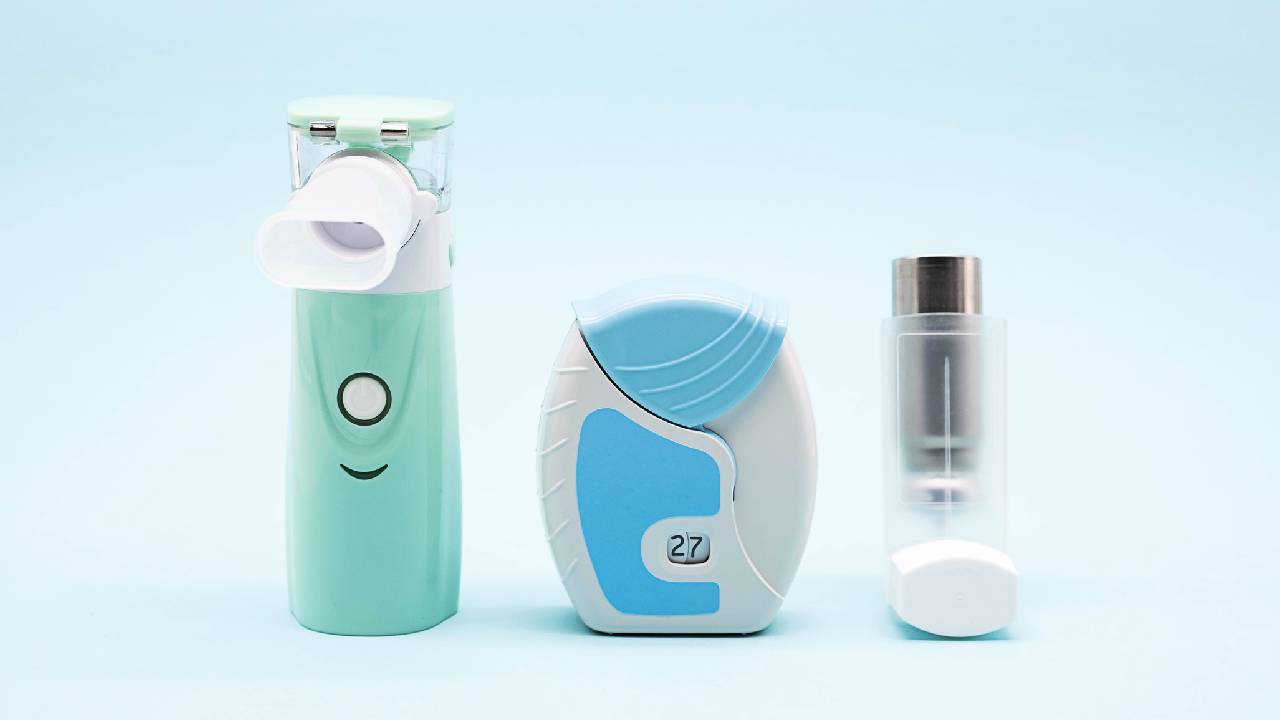In Clinical news
Follow this topic
Bookmark
Record learning outcomes
My GP actually suggested dropping the canister in a bowl of water (writes Mark Greener). An empty canister, he said, floats almost horizontal at the surface. Full canisters sink.
Today, we know that dunking canisters is unreliable, and many pMDIs and dry powder inhalers (DPIs) have integrated dose counters (IDCs). Yet more than half of UK patients with asthma, chronic obstructive pulmonary disease (COPD) or both still do not know when their canister is empty, according to Chiesi-funded research in BMJ Open Respiratory Research.
“We hope that by highlighting these findings we can better support people in knowing when to replace their inhaler and reduce short-acting beta-agonist overuse,” says Anna Murphy, consultant respiratory pharmacist, University Hospitals of Leicester NHS Trust and professor of pharmacy practice, De Montfort University, Leicester.
Murphy and colleagues weighted 2,614 pMDI canisters returned through the Chiesi Take AIR scheme in 2022, in a pilot run across Leicester, Leicestershire and Rutland, to assess inhaler recycling by post. “The recycling initiative included all brands of inhalers, not just those from one company,” Murphy says.
“We’ve run several pilots to identify feasible approaches to inhaler recycling that patients engage with,” a Chiesi spokeswoman told Pharmacy Magazine.
“We recently completed the Re-hale project in which people returned inhalers at local drop-offs such as pharmacies and GP surgeries. Based on [the] data, Re-hale has the highest inhaler return rate of any scheme in the UK. We are proposing that inhaler recycling is taken up by the NHS as part of its Greener NHS strategy.”
Counting canisters
Of the canisters returned through Take AIR, 44 per cent were reliever pMDIs. Of these, 28.4 per cent were returned empty (i.e. less than 10 per cent of the dose remained). A third (35.8 per cent) were underused: more than 50 per cent of doses remained. Worryingly, 17.2 per cent were overused: more than 10 per cent below the weight that suggests no more doses were available. Overused inhalers deliver only propellant.
The number of long-acting beta-agonists and short-acting muscarinic antagonist canisters were too small (26 and six respectively) to discern any differences between reliever pMDIs.
About 38.8 per cent of pMDIs (all maintenance) had an IDC. Significantly more maintenance pMDIs with IDCs were returned empty than those without counters (51.3 and 13.7 per cent respectively). The proportion of maintenance pMDIs returned underused (5.2 and 24.4 per cent respectively) or overused (34 and 44.5 per cent respectively) was significantly smaller with IDC-inhalers than those without counters.
Nevertheless, having used IDC-inhalers, I would have expected far more than half the pMDIs to have been returned empty and far fewer than a third to be overused. Such findings support the authors’ call for further education.
More high- and medium-strength ICS inhalers were returned when empty than low-strength (45.3, 45.5 and 21.6 per cent respectively). High- and medium-strength ICS indicates severe and moderate asthma. People with more severe asthma need to exert greater day-to-day control over, and are probably better educated about, the disease than people with mild symptoms which, in turn, reduces misuse.
Worryingly, however, 43.9, 28.1 and 44.1 per cent of patients overused low-, medium- and high-strength ICS respectively, increasing their exacerbation risk and highlighting the need for more education. Studies that stratify underuse and overuse by severity, control and socio-economics could be insightful.
Patient survey supports findings
“An independent online patient survey by Asthma+Lung UK supports the findings,” Murphy says. Of the 199 respondents, 47.7 and 25.6 per cent were prescribed pMDIs and DPIs only respectively. The remainder received a combination of pMDIs and DPIs. Three-quarters (74.9 per cent) used the IDC to identify when their inhaler was empty.
Other common indicators included not receiving a dose (24.6 per cent), feeling empty on shaking (22.6 per cent) or stopping ‘puffing’ (19.1 per cent).
About half (55.2 per cent) of the respondents using devices without an IDC did not feel confident identifying when their inhaler was empty. Of those using IDC-inhalers, 41.8 per cent looked at the counter daily or every time they used their inhaler and 8.8 per cent checked only when the device felt empty.
Nevertheless, 20.6 per cent of those with IDC-inhalers continued use beyond ‘zero’.
“The number of inhalers returned after being used beyond their available doses indicates that many people are unsure when their device is empty so patients may not receive adequate doses of their preventer, leading to poorer disease control. Similarly, they may not receive sufficient doses of their reliever, which can have serious implications during exacerbations,” Murphy concludes.
“As healthcare professionals, it is important to understand patient behaviour with inhalers to be able to provide clear guidance on their use.”

